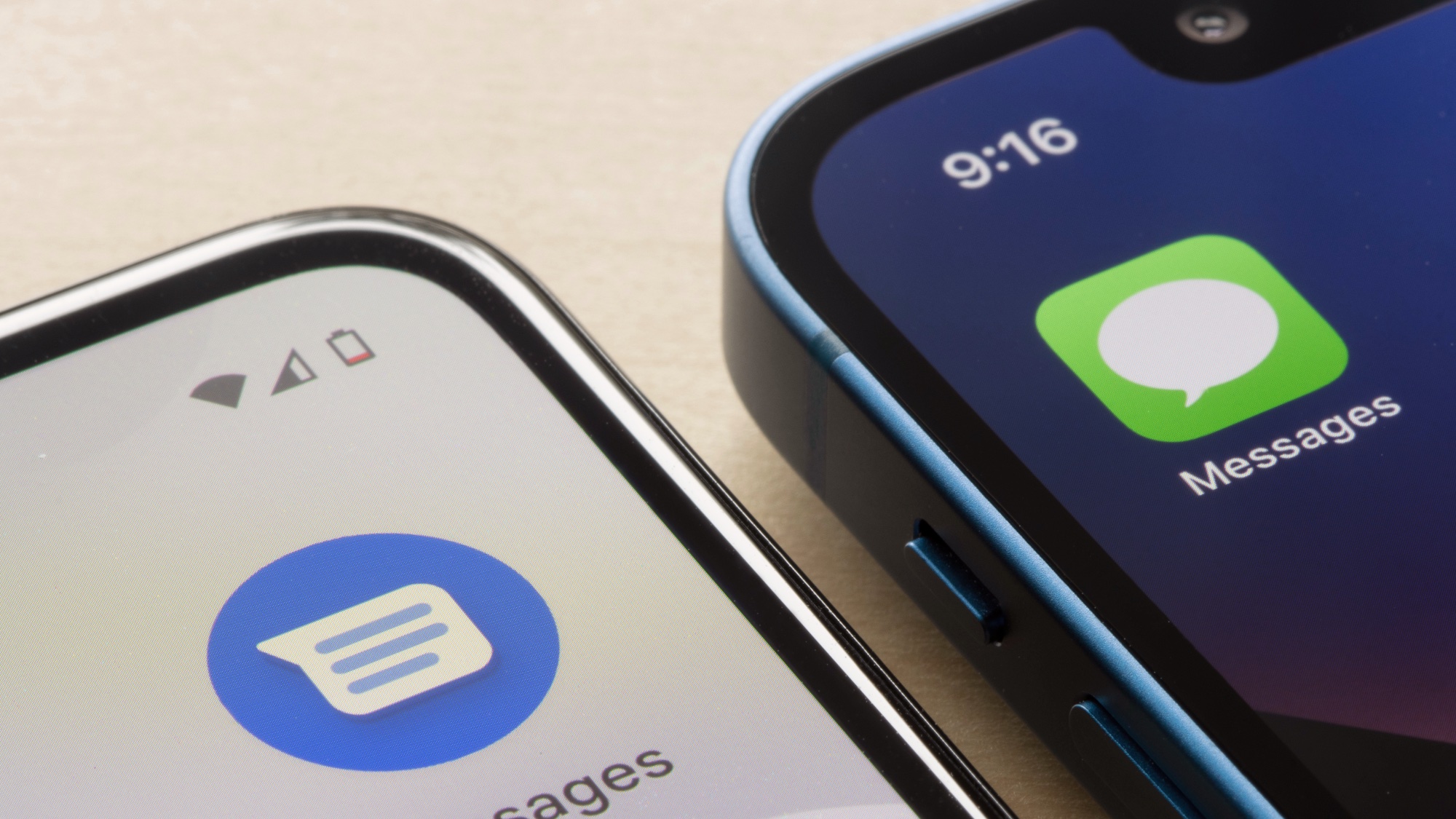
2024 is the year communication between Apple and Android phones should get significantly better. Apple has confirmed that RCS support will be coming to iPhones before the end of the year, with the specific goal of making Android to iPhone communications more secure.
Since iMessage isn’t available on Android, and might never be, communicating across platforms has a bunch of problems. Third-party platforms rely on everyone you know actually using them, while iMessage will default to SMS and MMS when communicating with non-iPhones. Sadly, those decades-old systems are about as secure as an unlocked car.
Adopting RCS is a big step in the right direction. Not only is it more secure, with the ability to lock down conversations behind end-to-end encryption, it’s a lot more feature-rich than SMS and MMS have any hope of being.
Of course, potential only goes so far, and the actual idea itself needs to be properly implemented if it has any hope of success. So here are the improvements we want Apple, Google and the other major players to consider to make inter-platform chatting via RCAS a sufficiently high standard. Because adequate won’t be good enough.
End-to-end encryption by default
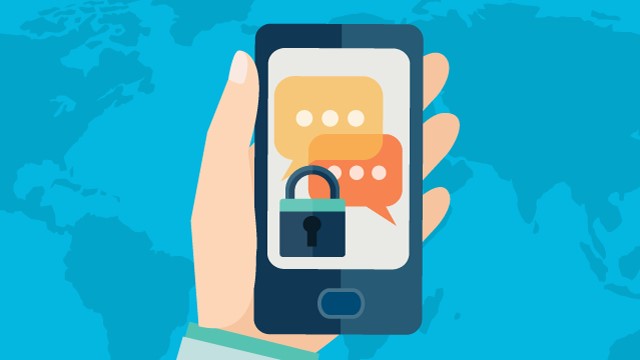
It goes without saying that any inter-platform chat system is going to need proper security. The security on SMS and MMS is lacking, to say the very least, and it wouldn’t be an upgrade if those security holes aren’t plugged up.
Apple previously expressed concern over the security of RCS in the past, particularly since encryption is not part of the specification laid out by RCS developers the GSMA. While RCS can be encrypted, Apple maintains that it currently doesn’t support encryption as robust as iMessage — which would make Apple’s proprietary system the most secure option. However, it says it will be working with the GSMA to improve the RCS protocol, particularly where security and privacy are concerned.
Apple makes a good point here. A conversation is only as secure as its weakest link, and you only need one person to forget to switch on encryption for the security of the whole conversation to unravel.
We know Apple has taken security and privacy pretty seriously the past few years, and this is the perfect opportunity to improve the baseline security of RCS. That involves ensuring that encryption is switched on by default, as it is with iMessage, and ensuring every conversation is more secure without users having to dive into the settings first.
Seamless 21st Century communication
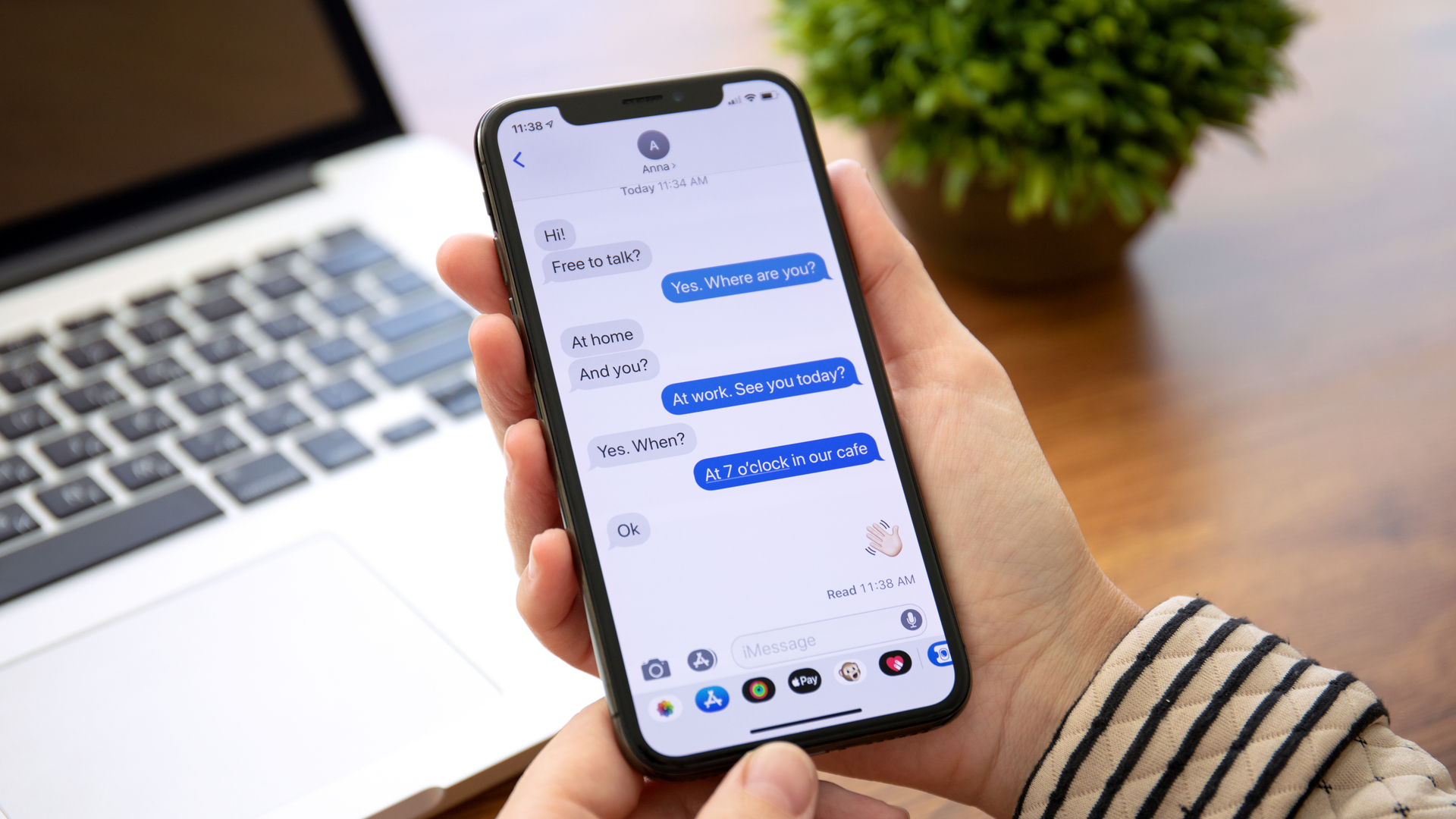
While SMS was revolutionary for its time, these days it’s incredibly basic and rather outdated. In a world with real-time high resolution video calling, and the ability to send feature-length movies at the tap of a button, merely sending text-based messages is quaint and outdated. And frankly it’s one of the many reasons why it’s so bizarre Apple restricted inter-platform messaging to SMS for so long.
Adopting RCS on iPhone means inter-platform communication will take a huge step forward — and feel more like a modern messaging platform. More to the point, functionality-wise, RCS users shouldn’t be treated any different from iMessage users on either platform.
That means we’ll need to see group chat capabilities, voice notes, read receipts, typing icons, file transfers and so on. Most importantly, because this is a text over IP service, everything goes over the internet. That means no artificial text messaging limits on your plan, or charges for texting across international borders.
Larger file sizes
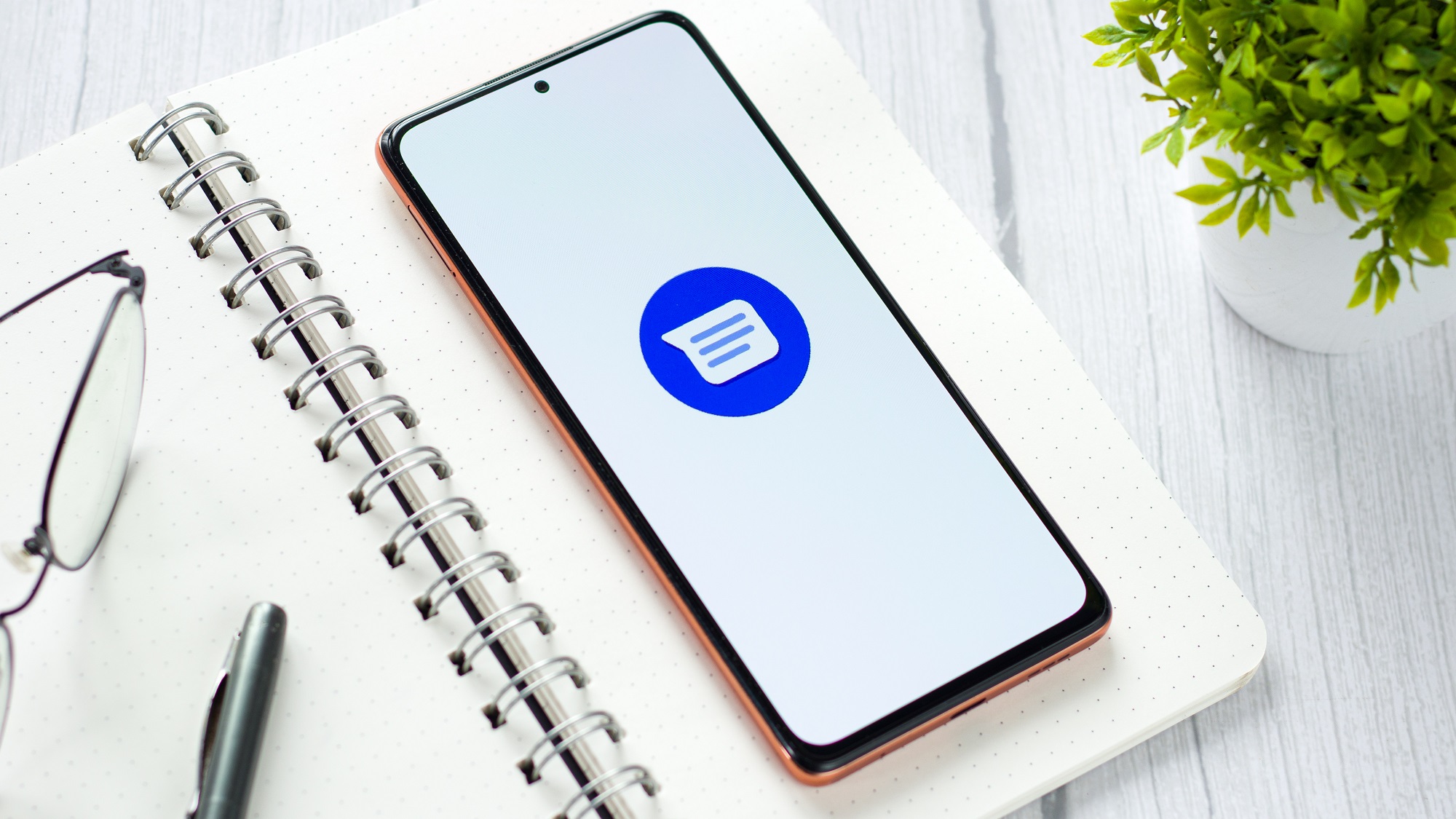
Part of that seamless interaction should also mean much the ability to send much larger files. Because anyone that sends images between iMessage and Android will know the MMS protocol compresses everything like a hydraulic press — leading to spectacularly poor picture quality in the process.
iMessage currently imposes a 100MB file size limit, which applies to images, videos, documents and so on. While this may not sound like a lot, it’s a heck of a lot bigger than MMS. The most you’ll get is 3MB, though the actual limit and the level of compression involved will be entirely dependent on your carrier.
It’s quite the difference between the two, but naturally the ability to send files over the internet should come with bigger allowances. At the very least on par with iMessage to iMessage transfers — with the option to send larger files via a compatible cloud storage platform.
Make iMessage exclusive features open to all
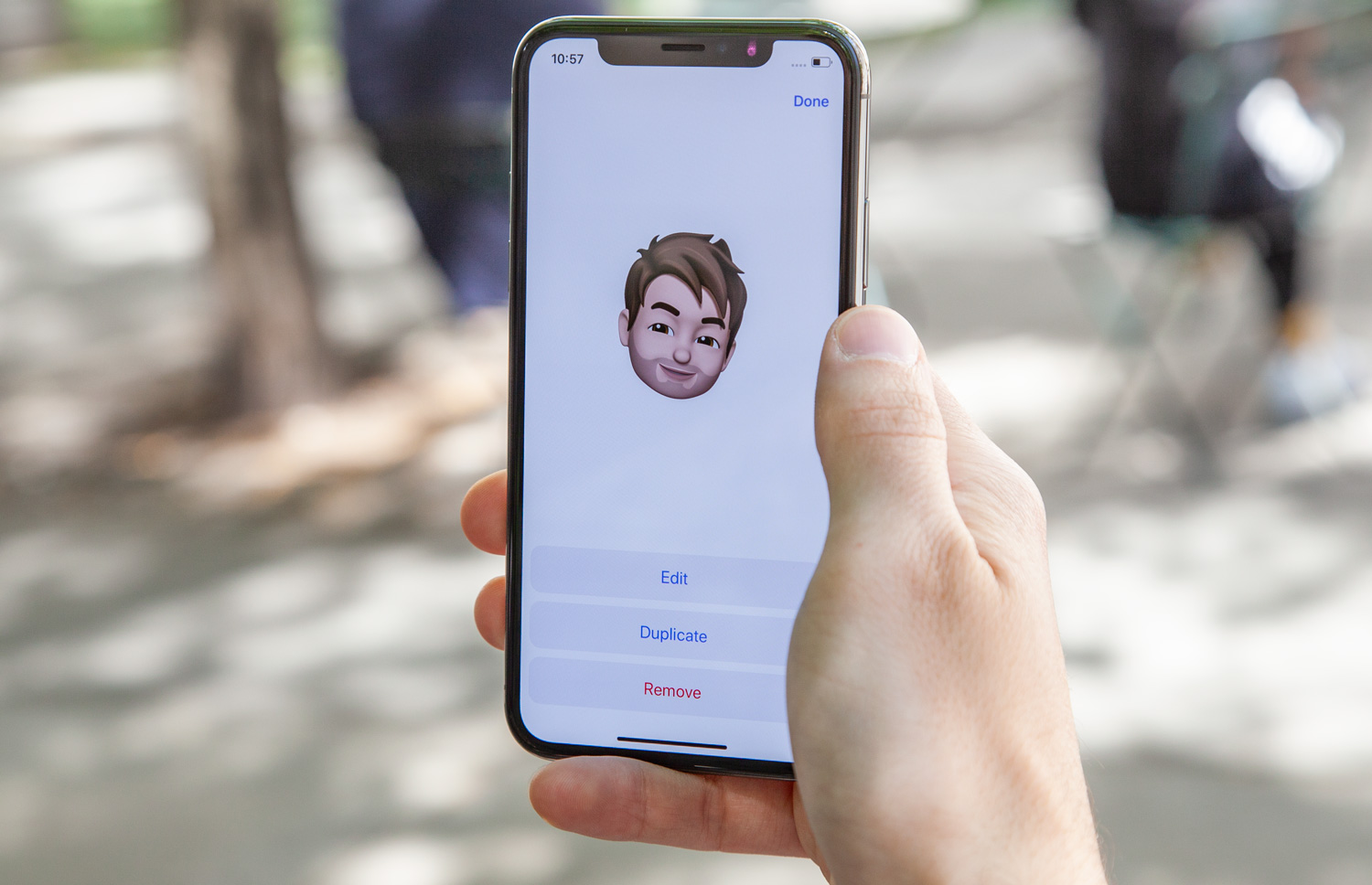
While RCS and iMessage share a lot of similarities with each other, alongside third-party messaging platforms, iMessage does offer some exclusive features that I’d like to see made available across platforms too. Because iMessage is far more than just the basics.
I expect we’ll see some of the basic features like message editing, handwritten text, undo send and maybe even memojis make the jump to iMessage/RCS communication. Some of the more complex features are a different story because of hardware and software limitations across devices. But there are a few that should still be made available to RCS — rather than locked to iPhones.
iOS 17’s more robust location sharing feature is one great example, as is the new Check-in feature. Considering these both are based around personal safety, they’re the kind of things that should be made available across platforms.
Odds are Apple will be keeping these exclusives close to its chest. Things like audio message transcription, for instance, are powered by Apple software and won’t be jumping to non-Apple devices that don’t already support it. Plus, there needs to be some extras to try and entice people into buying iPhones. But that doesn’t mean all these features should remain locked into Apple’s walled garden. Especially if it involves personal safety and security.
Differentiate between RCS and SMS in iMessage
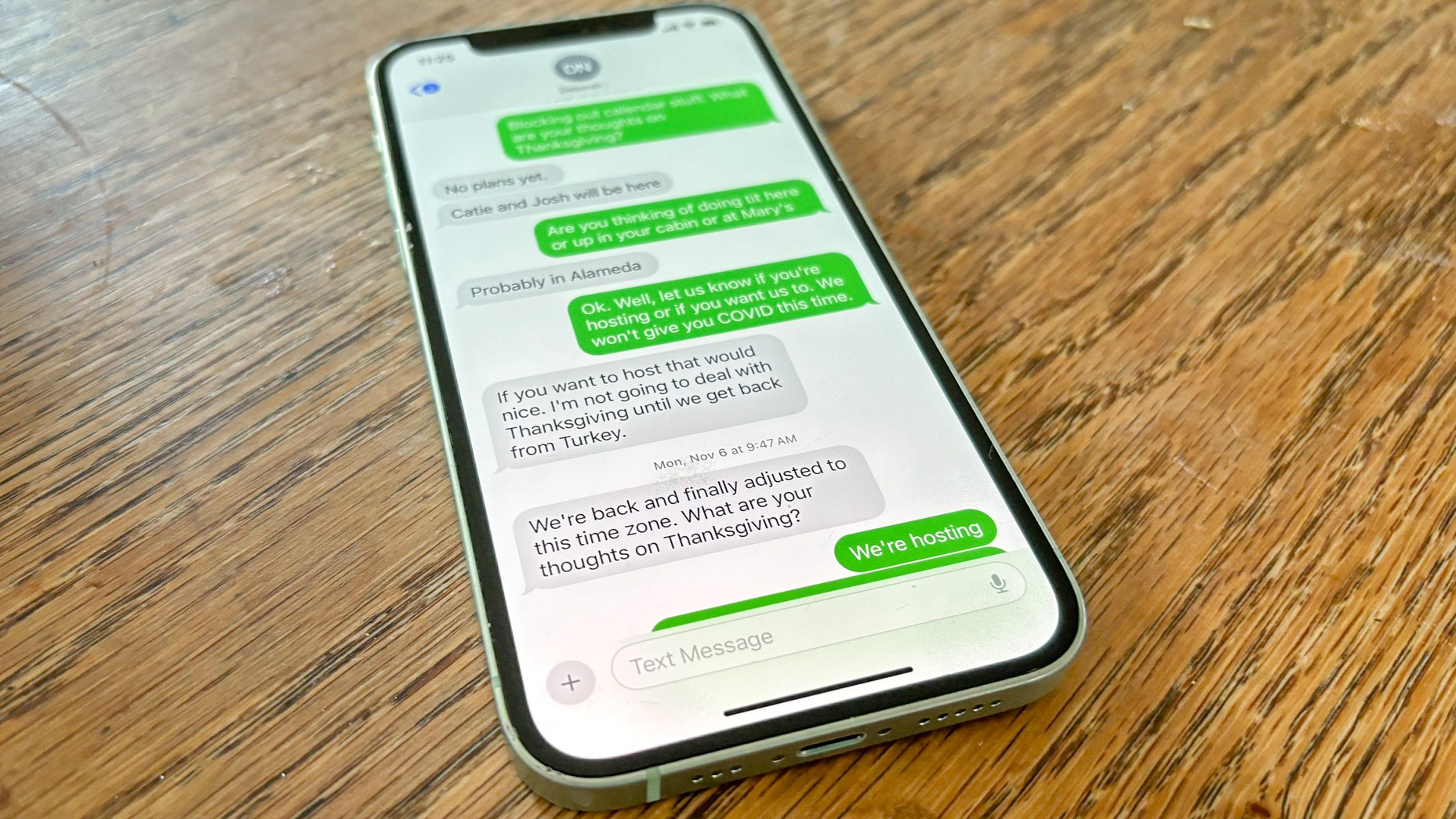
According to Apple, the reason why non-iPhones have a green chat bubble in iMessage is for security reasons. The idea being that you’re able to see that your conversation isn’t as secure as it would be if the other person was using an iPhone.
In practice it doesn’t always work like that, and a bunch of Android users (especially North American ones) will have a story about how the green bubble effectively “outed” them as not owning an iPhone. It shouldn’t be a problem, but some of the shallower members of society take issue with associating with lowly Android users — and it gives them an excuse to turn their snobbishness up to 11.
As Apple adopts RCS, iMessage will effectively turn into a 3-tier system. iMessages, RCS messages and SMS messages. We know that the green bubble isn’t going anywhere, even for RCS, but now’s the time for Apple to put up or shut up. If the color change really is supposed to be a security feature, then RCS and SMS shouldn’t come through as the same color.
Because, frankly, it’d be like grouping a basic home safe in with a cardboard box just because it wasn’t made by Yale. The only question is, what color should SMS messages be? Maybe red, just to highlight the red flags associated with the service’s security.
Better third-party access to FaceTime
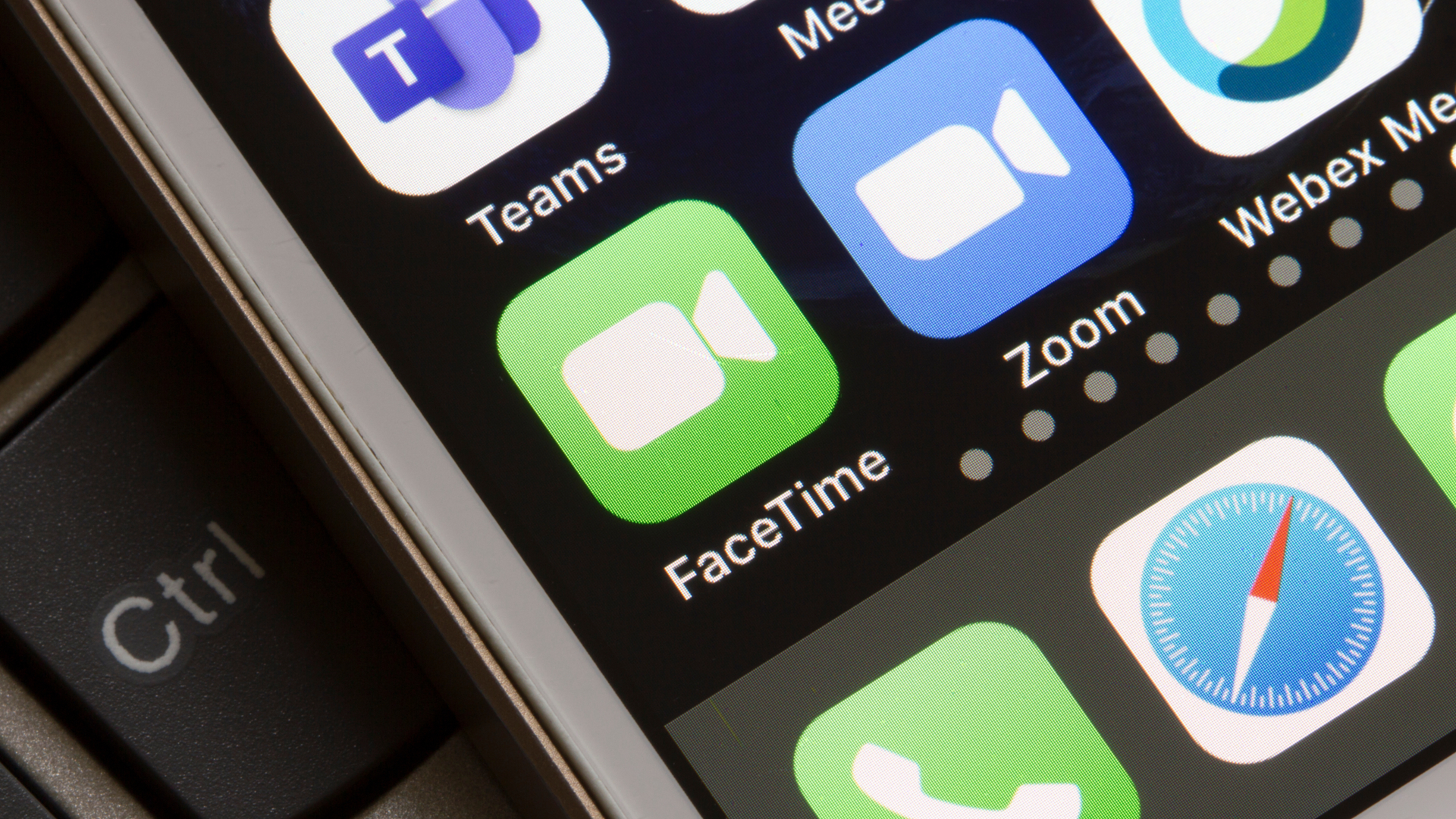
Maybe there’s some wishful thinking here, but the move to supporting RCS on iPhones should also grant access to another area of Apple expertise: FaceTime video calls. While video calling isn’t nearly as ubiquitous as text messaging, it does still happen on a regular basis across devices.
FaceTime is exclusive to Apple devices and is preinstalled on all iPhones. It does offer some functionality for Android and Windows users, unlike iMessage, but that involves joining an existing FaceTime call. Instead there should be a more streamlined approach to cross-platform video calling. Even if that means putting Apple, Google and everyone else into a small room and not letting them out until they hash out an agreement and make the whole process less awkward.
There’s no video calling equivalent to RCS messaging, but it feels like there should be. One platform that everyone can access without having to sign up for an extra account. This could be something new, centered around user phone numbers, or it could involve offering compatibility between the likes of FaceTime, Google Duo and other first-party services.
Linking RCS and iMessage is a good first step but it shouldn’t be the last. Linking up video calling in the same way would be a great way to go.
Communication that isn’t just person to person
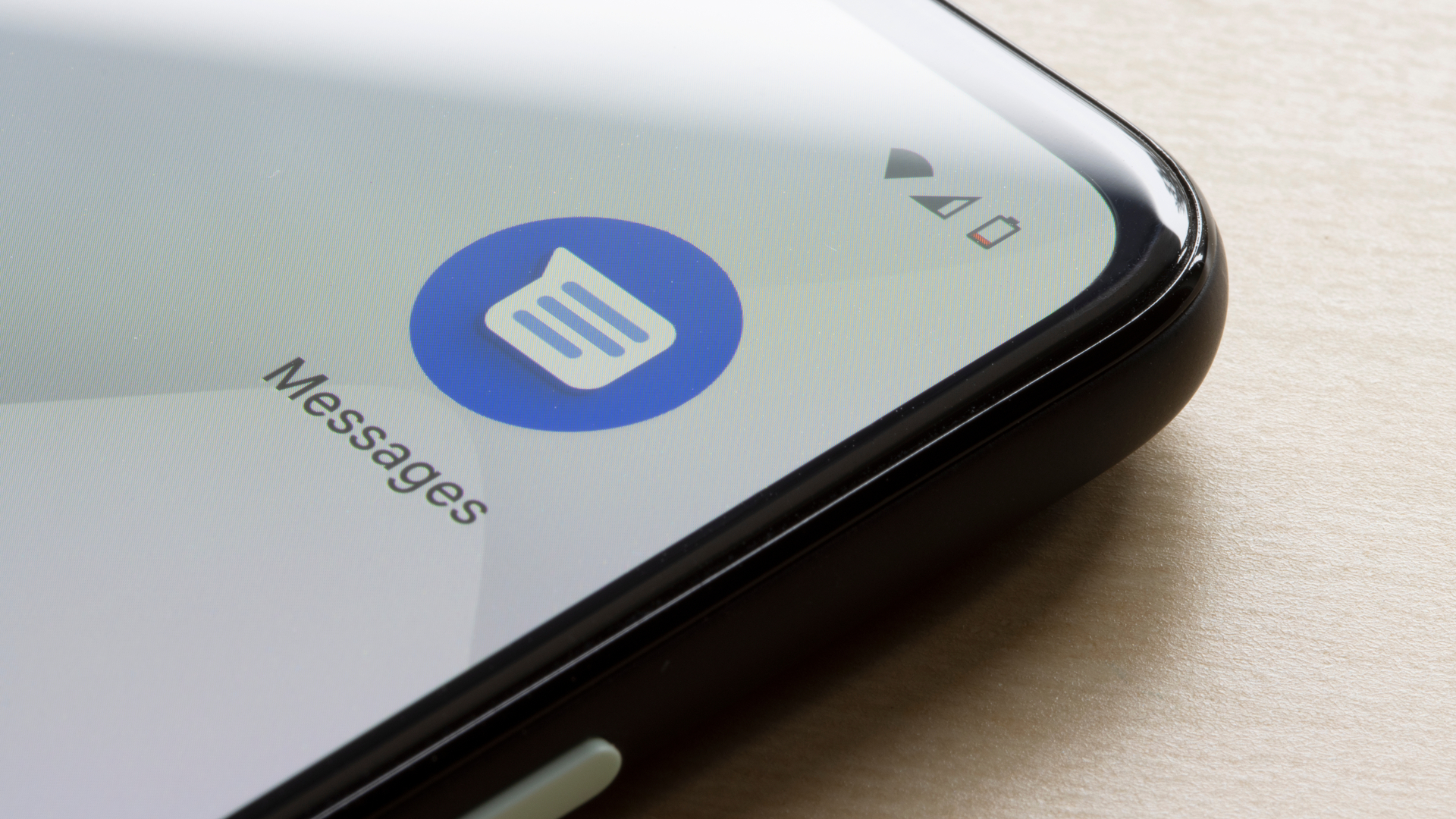
While there are a lot of things iMessage can do to make RCS messaging more inclusive, there are plenty of things neither service can do. Let’s face it, they are designed to replace your stock text messaging app, while third-party services have found ways to offer interaction beyond individuals texting each other.
WhatsApp is a very good example of this, and while not so popular in the United States it’s found an audience of over 2 billion people worldwide. One of the ways it did that was by appealing to businesses, and offering them ways to communicate with the masses in ways that don’t involve social media or web design.
Whether that’s taking orders, handling customer services or the ability to broadcast information to subscribers via the Channels system. Facebook Messenger does something similar, aided by the social network’s Page system, as do other messaging apps — albeit with a much smaller user base.
Of course, things could be complicated by the fact you’re dealing with two very different systems — an issue WhatsApp and its ilk don't have. But that doesn’t mean something couldn’t be figured out behind the scenes, and expand the new iMessage/RCS system away from just contacting your family and friends. Maybe it won’t happen when RCS rolls out to iOS, but it’s the kind of thing that could benefit a lot of people.







